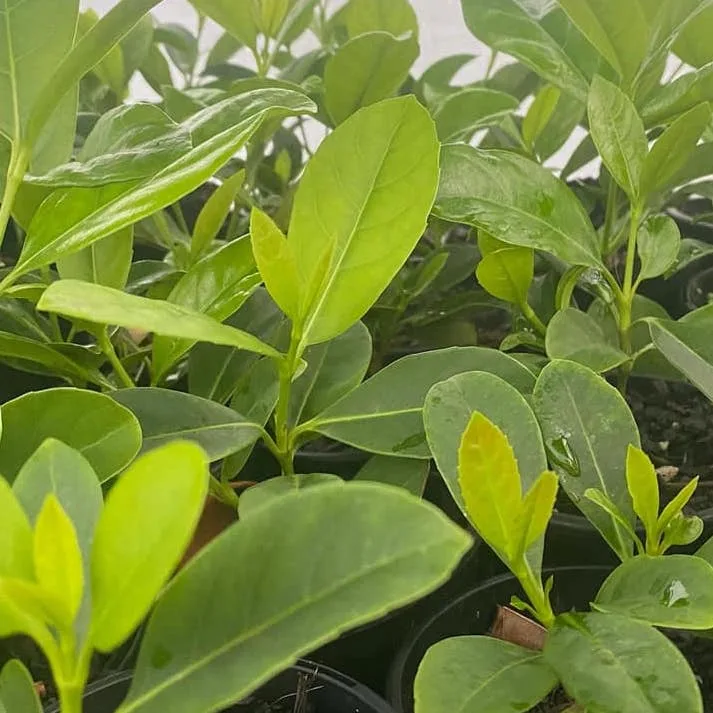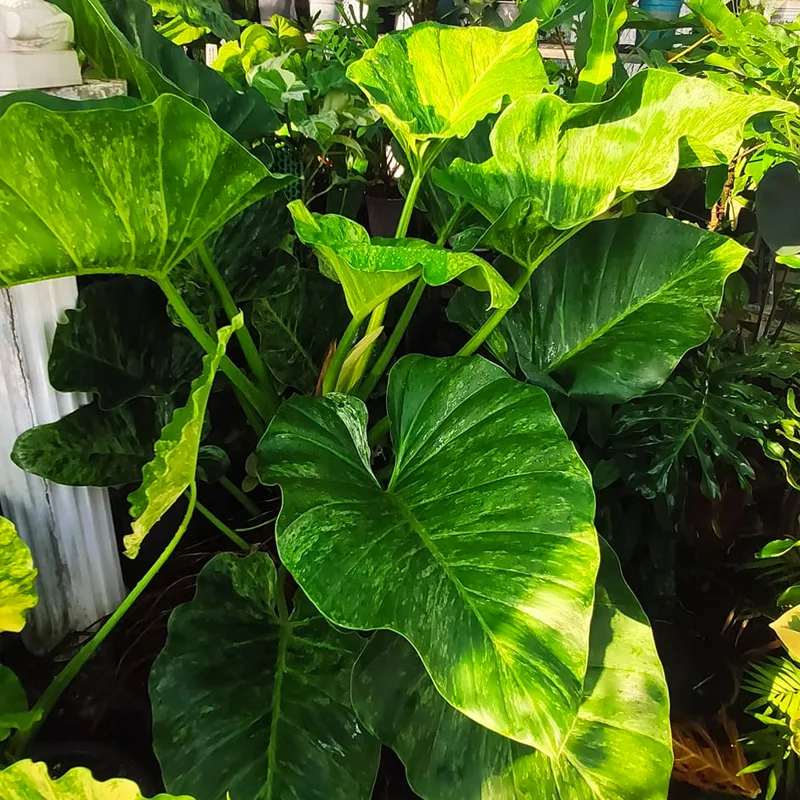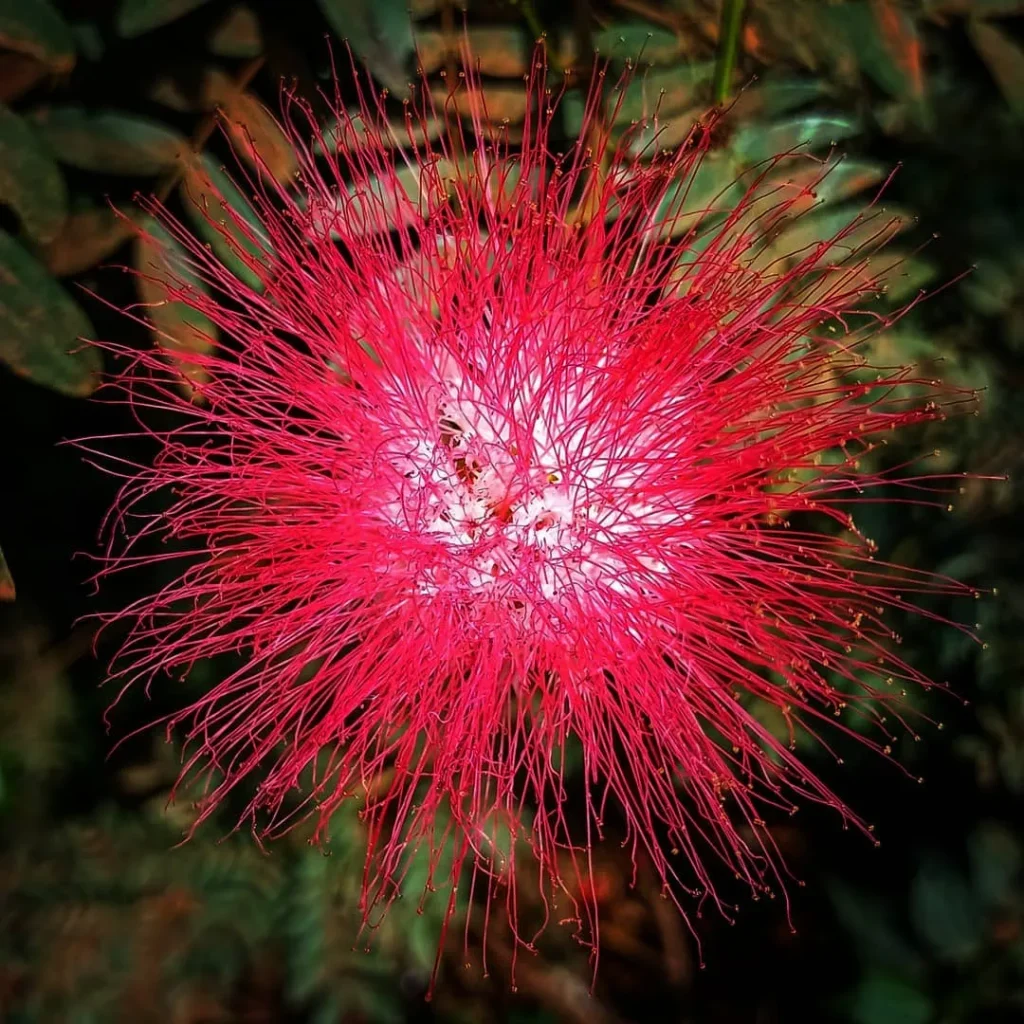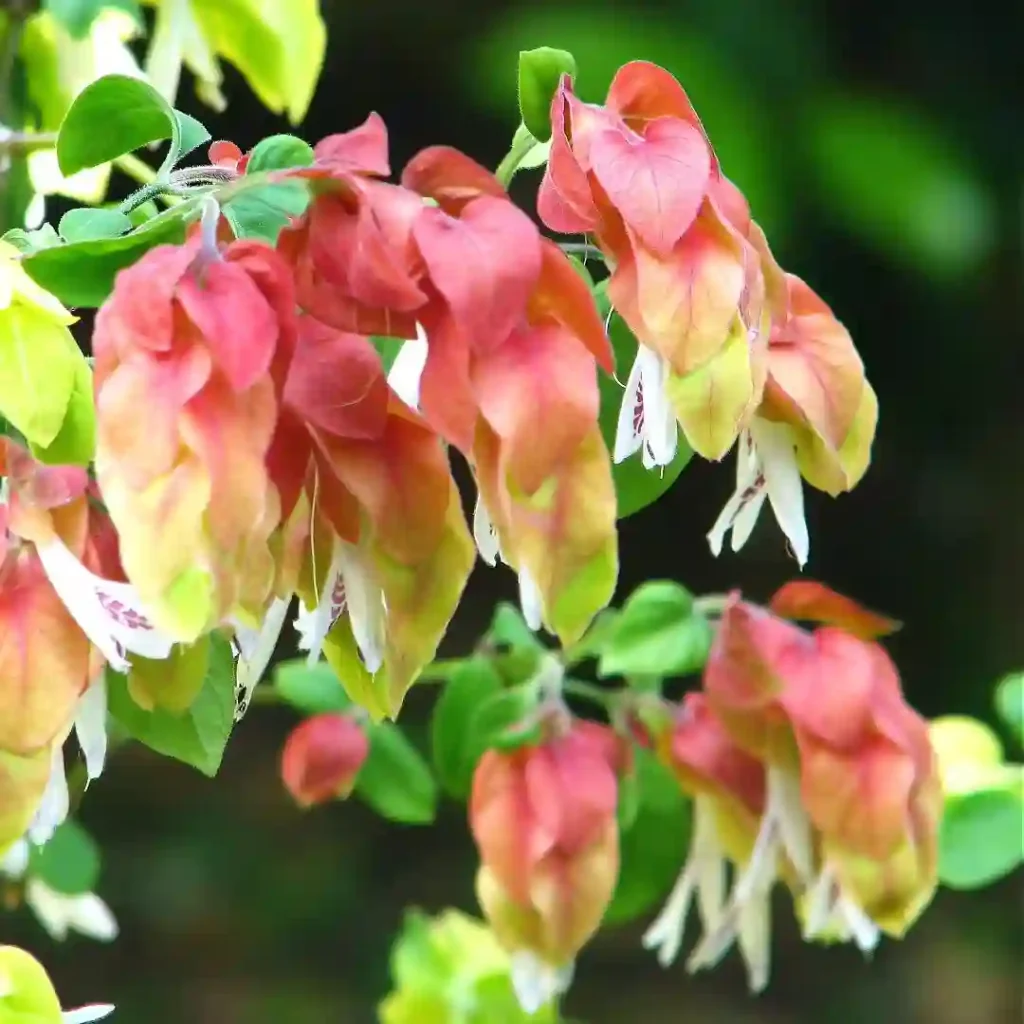Exploring the Francoaceae Family: A Deep Dive into Its Genera
As a plant enthusiast, I’m always on the lookout for unique and fascinating plant families that don’t get as much attention as they deserve. One such family that piqued my interest recently is the Francoaceae family. Though not as widely known as other plant families, Francoaceae offers a remarkable variety of genera that provide rich diversity. Let me take you through some of these genera, which range from ornamental beauties to intriguing medicinal plants.
Understanding the Francoaceae Family
The Francoaceae family belongs to the order Geraniales. Though it’s small compared to other plant families, it’s spread across several continents, including Africa and South America. It contains both shrubs and herbaceous plants, which are typically evergreen and display unique floral structures.
What drew me to Francoaceae is its interesting combination of genera. Each genus brings something different to the table, from striking flowers to specialized leaves, and I think they deserve a closer look. So, let’s dive into a few of the most fascinating members of this family.
Balbisia: A Small but Mighty Shrub
The Balbisia genus may be small, but it stands out in dry, arid regions of South America. These evergreen shrubs are known for their ability to thrive in tough conditions, making them perfect for drought-tolerant gardens. What makes Balbisia particularly appealing to me is its hardy nature, combined with delicate flowers that bloom in bright yellows and whites.
I’ve always admired plants that offer resilience in the face of harsh climates, and Balbisia is the perfect example of this. Whether you’re a seasoned gardener or a beginner, it’s one of those plants that can add life and color to even the most challenging landscapes.
Bersama: A Genus with Medicinal Potential
Now let’s head to the African continent, where the Bersama genus can be found. This group of small trees and shrubs has a rich history in traditional medicine, especially in countries like Ethiopia and South Africa. Bersama plants are known for their medicinal bark, which is used in herbal remedies to treat ailments such as fever and intestinal issues.
I’ve always been fascinated by plants with medicinal properties, and Bersama is a prime example of a plant that bridges the gap between ornamental gardening and natural healing. Its attractive, glossy leaves and striking red or yellow flowers make it a welcome addition to any garden, while its medicinal use gives it an extra layer of interest for those looking to explore botanical remedies.
Dimorphopetalum: A Rare Beauty
The Dimorphopetalum genus is perhaps one of the least known in the Francoaceae family. What excites me most about it is how rare it is. These plants are generally found in Madagascar, a biodiversity hotspot, and are recognized for their small but ornate flowers. Their rarity makes them a coveted gem for plant collectors.
While I haven’t had the chance to grow Dimorphopetalum myself, I’m always on the lookout for opportunities to acquire such rare specimens. In my opinion, the excitement of nurturing a hard-to-find plant adds a new level of engagement to gardening.
Francoa: The Bridal Wreath Plant
Perhaps one of the more decorative members of the Francoaceae family is Francoa, commonly known as the Bridal Wreath. Native to Chile, this perennial plant produces stunning spikes of white or pink flowers, making it a favorite in ornamental gardens. I can’t help but admire the elegance of Francoa’s blooms, which resemble the delicate drape of a bride’s veil.
What I love most about Francoa is its versatility. It thrives in shaded areas, providing color where many other plants struggle to grow. For me, it’s an excellent choice for adding elegance to a garden, especially when used in shaded borders or as a groundcover.
Greyia: Bold Foliage and Bright Blooms
If you’re a fan of bold, eye-catching plants, the Greyia genus will grab your attention. This small genus is native to South Africa and features striking clusters of bright red or orange flowers. The foliage is also a showstopper—large, leathery leaves give these plants a bold presence.
In my experience, Greyia is an excellent plant for making a statement in the garden. Its vivid blooms attract pollinators like birds and bees, which is always a plus. For anyone interested in bold, architectural plants, Greyia delivers on both aesthetics and ecological benefits.
Melianthus: The Honey Bush
Moving on to one of the more aromatic members of the Francoaceae family, Melianthus, or the Honey Bush, deserves special mention. This genus is native to southern Africa and is known for its large, serrated leaves and nectar-rich flowers. As the name suggests, the flowers of Melianthus are highly attractive to pollinators like bees, and the plant has a unique honey-like scent.
Personally, I love having Melianthus in my garden because of the wildlife it attracts. There’s something magical about watching bees flock to its sweet-smelling blooms. Plus, its large, dramatic leaves add a touch of exotic flair to any garden space.
Rhynchotheca and Viviania: South American Natives
Lastly, I want to touch on two lesser-known genera: Rhynchotheca and Viviania. Both of these are native to South America, and while they may not be as commonly grown as other members of Francoaceae, they offer unique botanical characteristics. Rhynchotheca is known for its edible fruits, while Viviania sports delicate, finely-divided leaves and attractive flowers.
These plants are rarely seen in cultivation, but for those who enjoy experimenting with unusual and lesser-known species, they offer an exciting challenge. In my view, expanding the diversity of plants in our gardens makes for a more enriching gardening experience.
Conclusion: Why Francoaceae Deserves Attention
As a plant enthusiast, I’ve always believed in exploring beyond the familiar, and the Francoaceae family has been a rewarding discovery for me. Whether it’s the drought-resistant Balbisia, the medicinal Bersama, or the ornamental beauty of Francoa, each genus brings its own unique qualities to the garden. With a mix of resilience, aesthetics, and medicinal properties, Francoaceae is a family that deserves more recognition in the horticultural world.
For those looking to diversify their plant collections, the Francoaceae family offers a rich array of choices, from rare and exotic species to hardy, ornamental favorites. It’s a family worth exploring, both for its beauty and its ability to thrive in a variety of environments.
If i die, water my plants!



